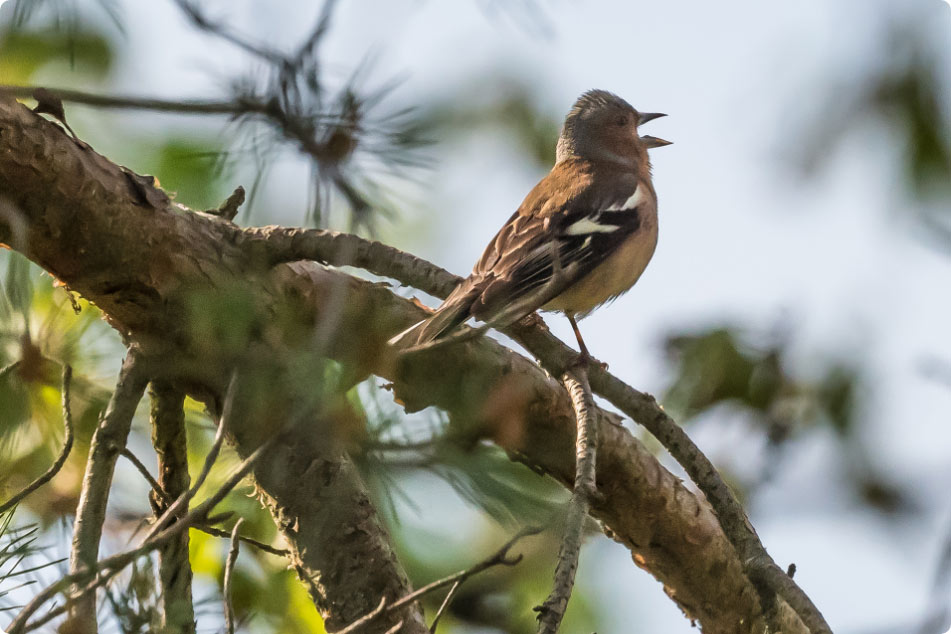Exploring the Role of Soil Microbiota in Ecosystem Health: The MALT Project
In August 2024, we embarked on a journey to uncover the role that soil microbiota plays in maintaining ecosystem health, as part of the ongoing MALT (Microbiota and Landscape Transitions) project. With a focus on microbial diversity and antimicrobial resistance (AMR), we aim to understand how different ecosystems and land management practices shape the microbial communities in soil and their influence on ecosystem services, such as nutrient cycling, climate regulation, and pest control. Meeting and working with fellow researchers at eLTER sites Rhine-Main-Observatory, Doñana, and AgrHyS, sharing insights, and learning from their expertise has been a rewarding part of this journey. One of the most unexpected lessons we've learned is how different ecosystems, ranging from pristine forests to disturbed agricultural areas, support diverse microbial communities with distinct resistance profiles. It’s been a reminder of how sensitive microbial ecosystems can be to changes in environmental conditions and human activity.


